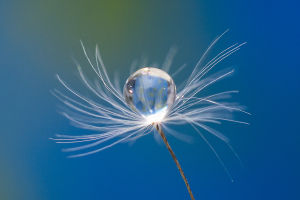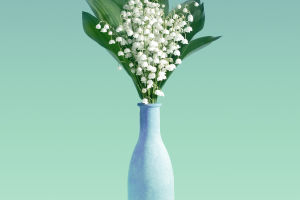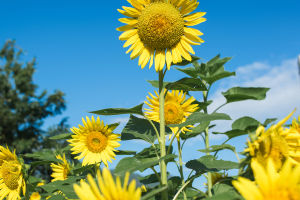The lily of the valley, with its delicate bell-shaped flowers and enchanting fragrance, is a plant steeped in symbolism and rich in history.
This unassuming flower, often associated with purity and humility, has captivated the hearts and minds of people across cultures and centuries.
From its origins in European folklore to its significance in modern traditions, the lily of the valley carries a depth of meaning that goes far beyond its physical beauty.
Historical and Cultural Significance
The lily of the valley, scientifically known as "Convallaria majalis", has been revered for centuries. Its earliest mentions can be traced back to cultural traditions, where it is often linked to the Virgin Mary. In medieval lore, the lily of the valley was said to have sprung from the tears of the Virgin Mary during the crucifixion, symbolizing her sorrow and the purity of her love. This association with the Virgin Mary has made the flower a symbol of humility, chastity, and the sweetness of life after death.
In European folklore, the lily of the valley is also known as "The Lady's tears," further cementing its connection to Mary. The flower's white blooms have been interpreted as a symbol of purity and innocence, making it a popular choice for bridal bouquets, particularly in the 19th and early 20th centuries. The flower’s association with weddings continues today, where it symbolizes the return of happiness and the renewal of love.
Symbolism in Different Cultures
Beyond its cultural symbolism, the lily of the valley has held significance in various cultures. In France, the flower is celebrated on May 1st, known as "La Fête du Muguet" (Lily of the Valley Day). On this day, it is customary to give a sprig of lily of the valley to loved ones as a token of good luck and happiness. This tradition dates back to the Renaissance when King Charles IX of France was presented with the flower on May 1st, and he decided to give it to the ladies of his court each year.
In the language of flowers, a Victorian-era method of communication through floral arrangements, the lily of the valley conveyed the message "you have made the life complete." It was a symbol of the return of happiness, making it a popular choice in romantic gestures and wedding bouquets. The flower's delicate appearance and sweet scent made it an ideal expression of affection and love.
In Norse mythology, the lily of the valley was associated with the Ostara, which represents spring and fertility. The flower was believed to bring good luck and was often used in rituals to welcome the arrival of spring. This association with rebirth and renewal further emphasizes the flower’s symbolism of new beginnings and the return of happiness.
Modern Symbolism and Uses
Today, the lily of the valley continues to be a symbol of purity, humility, and happiness. It is often used in bridal bouquets, not only for its beauty but also for its rich symbolic meaning. The flower is also associated with motherhood, making it a popular choice for Mother’s Day arrangements.
The lily of the valley has also found its way into popular culture. It was famously featured in the wedding bouquet of Princess Grace Kelly of Monaco, further cementing its status as a symbol of elegance and grace. The flower is also the birth flower for the month of May, representing sweetness and humility for those born in this month.
In addition to its symbolic meanings, the lily of the valley has practical uses. Its sweet fragrance is used in perfumery, and it has been a popular ingredient in traditional herbal medicine. However, it is important to note that the plant is toxic if ingested, so it should be handled with care.
The lily of the valley is more than just a beautiful flower; it is a symbol of purity, humility, and happiness that has resonated with people for centuries. From its roots in cultural tradition to its role in European folklore and modern culture, the flower carries a wealth of meaning that makes it a beloved choice for weddings, celebrations, and personal expressions of love and affection. Whether given as a token of good luck, used in a bridal bouquet, or simply admired for its beauty, the lily of the valley remains a timeless symbol of the purity and joy of life.


